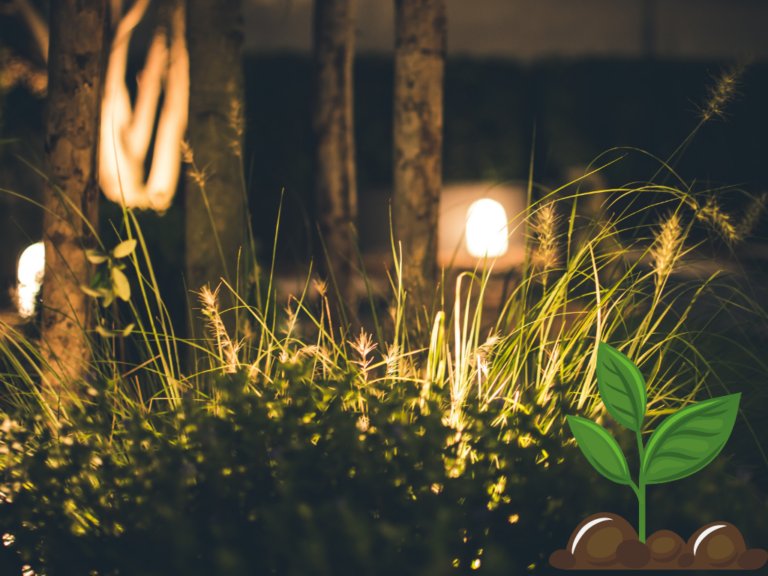Can You Use Proper PH 7.0 Live Plants
When it comes to cultivating live plants, achieving the right pH balance is crucial for their growth and overall health.
One commonly discussed pH level is 7.0, which is considered neutral.
But can you use proper pH 7.0 for your live plants?
In this article, we will explore the significance of pH balance, its impact on plant growth, and whether maintaining a pH of 7.0 is ideal.
Let’s dive in and uncover the secrets behind optimal plant cultivation.
The Significance of pH Balance in Plant Growth
pH refers to the measurement of acidity or alkalinity in a substance, and it plays a vital role in the availability of nutrients to plants.
Soil pH directly affects the solubility and uptake of essential nutrients required for plants to thrive.
The pH scale ranges from 0 to 14, with 7.0 being considered neutral.
A pH below 7.0 indicates acidity, while a pH above 7.0 indicates alkalinity.
Impact of pH on Plant Growth
- Nutrient Availability: pH levels influence the availability of nutrients in the soil. Each nutrient has an optimum pH range at which it is most easily absorbed by plants. For example, nitrogen, phosphorus, and potassium (NPK) are readily available to plants in a slightly acidic to neutral pH range. Therefore, maintaining a pH level around 7.0 ensures proper nutrient uptake.
- Microbial Activity: Soil pH affects the activity of beneficial microorganisms in the soil. These microorganisms aid in nutrient cycling and breakdown of organic matter, creating a healthy soil ecosystem. In a neutral pH range, microbial activity is at its peak, supporting better plant growth.
- Toxicity and Deficiency: Extreme pH levels can cause nutrient imbalances, leading to deficiencies or toxicities in plants. For instance, at extremely low pH levels, aluminum and manganese toxicity can occur, inhibiting plant growth. Conversely, at high pH levels, iron, zinc, and phosphorus deficiencies can arise. Maintaining a pH around 7.0 helps prevent these issues.
Can You Use Proper pH 7.0 for Live Plants?
While a pH of 7.0 is considered neutral, not all plants thrive under this specific pH level.
The suitability of pH depends on the plant species and their natural habitat.
Some plants, known as acid-loving plants, prefer slightly acidic soil, while others thrive in alkaline conditions.
Plants That Prefer Acidic Soil (pH below 7.0):
- Azaleas
- Blueberries
- Rhododendrons
- Camellias
- Hydrangeas (for blue flowers)
- Ferns
Plants That Prefer Alkaline Soil (pH above 7.0):
- Lilacs
- Iris
- Yarrow
- Lavender
- Cabbage
- Asparagus
However, it is essential to note that most plants can tolerate a pH range slightly above or below their optimal preference, as long as the soil is well-drained and nutrient-rich.
Conducting a soil test and adjusting the pH accordingly can help create an ideal environment for your plants.
Maintaining the Right pH for Your Plants
To ensure optimal growth for your live plants, consider the following steps:
- Soil Testing: Conduct a soil test to determine the pH level of your soil. Soil test kits are readily available and provide accurate readings. This test will help you identify the current pH and understand if any adjustments are necessary.
- pH Adjustment: If your soil pH is far from the desired range, you can adjust it by adding soil amendments. Here are common amendments for pH adjustment:
- To Increase pH (Alkaline Soil): If your soil is too acidic (pH below 7.0), you can raise the pH by adding limestone, wood ash, or agricultural lime. These materials contain calcium carbonate, which neutralizes acidity and increases pH levels.
- To Decrease pH (Acidic Soil): If your soil is too alkaline (pH above 7.0), you can lower the pH by adding organic matter such as peat moss, elemental sulfur, or composted pine needles. These amendments help increase the acidity and lower the pH.
- Application and Monitoring: Follow the instructions on the soil amendment product packaging for proper application rates. After applying the amendments, mix them thoroughly into the soil. It’s important to monitor the pH regularly, as it may take time for the changes to take effect. Repeat the soil test periodically to ensure the pH remains within the desired range.
Key Takeaway
- pH balance is crucial for optimal plant growth, as it affects nutrient availability and microbial activity.
- While a pH of 7.0 is considered neutral, not all plants thrive at this exact level.
- Some plants prefer acidic soil (pH below 7.0), while others prefer alkaline conditions (pH above 7.0).
- Conducting a soil test is essential to determine the current pH and make necessary adjustments.
- Soil amendments can be used to raise or lower pH levels, depending on the plant’s requirements.
- Regular monitoring of pH and periodic soil tests are necessary to maintain an ideal pH range for healthy plant growth.
In conclusion, achieving proper pH balance is essential for the successful cultivation of live plants.
While a pH of 7.0 is often considered neutral, it’s important to understand the specific pH requirements of the plants you wish to grow.
By conducting soil tests, making necessary pH adjustments, and monitoring the pH regularly, you can create an optimal environment for your plants to thrive and flourish.
Remember, each plant has its own pH preferences, and by catering to their specific needs, you can enjoy a vibrant and flourishing garden.







